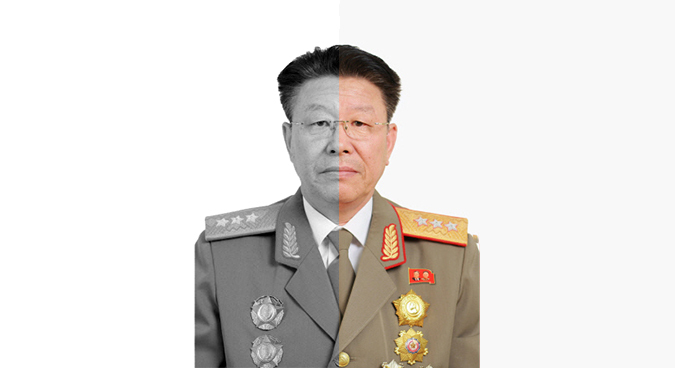There are several methods of intelligence collection. Four of the most widely recognized examples are HUMINT (human intelligence), OSINT (open source intelligence), PHOTINT (photo or image intelligence) and SIGINT (signals intelligence). The interested reader is referred to Wikipedia for a more extensive list. For this essay, however, the focus is upon HUMINT.
WHAT HUMINT IS – AND IS NOT
There are several methods of intelligence collection. Four of the most widely recognized examples are HUMINT (human intelligence), OSINT (open source intelligence), PHOTINT (photo or image intelligence) and SIGINT (signals intelligence). The interested reader is referred to Wikipedia for a more extensive list. For this essay, however, the focus is upon HUMINT.
WHAT HUMINT IS – AND IS NOT
Become a member for less than $4 per week.
Unlimited access to all of NK News: reporting, investigations, analysis
The NK News Daily Update, an email newsletter to keep you in the loop
Searchable archive of all content, photo galleries, special columns
Contact NK News reporters with tips or requests for reporting
Get unlimited access to all NK News content, including original reporting, investigations, and analyses by our team of DPRK experts.
Subscribe now
All major cards accepted. No commitments – you can cancel any time.










